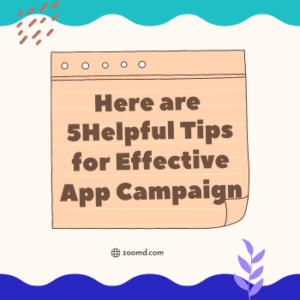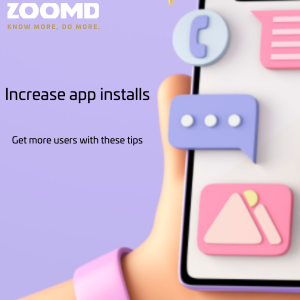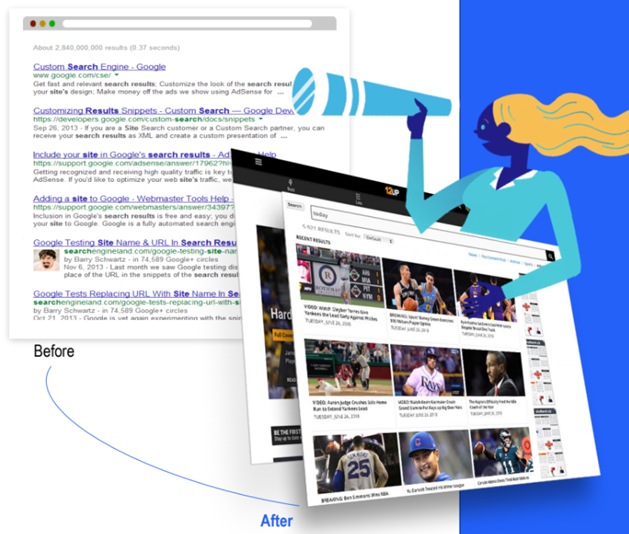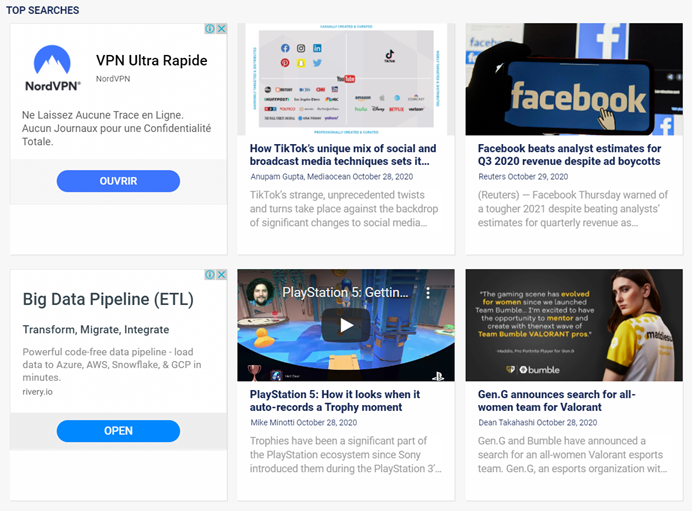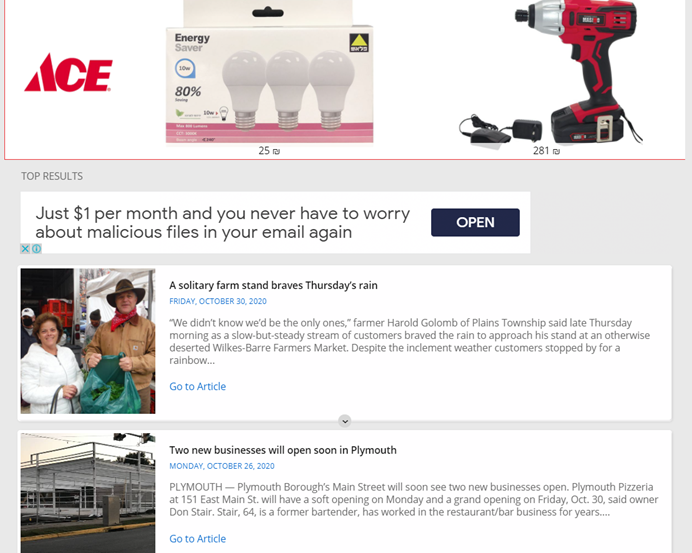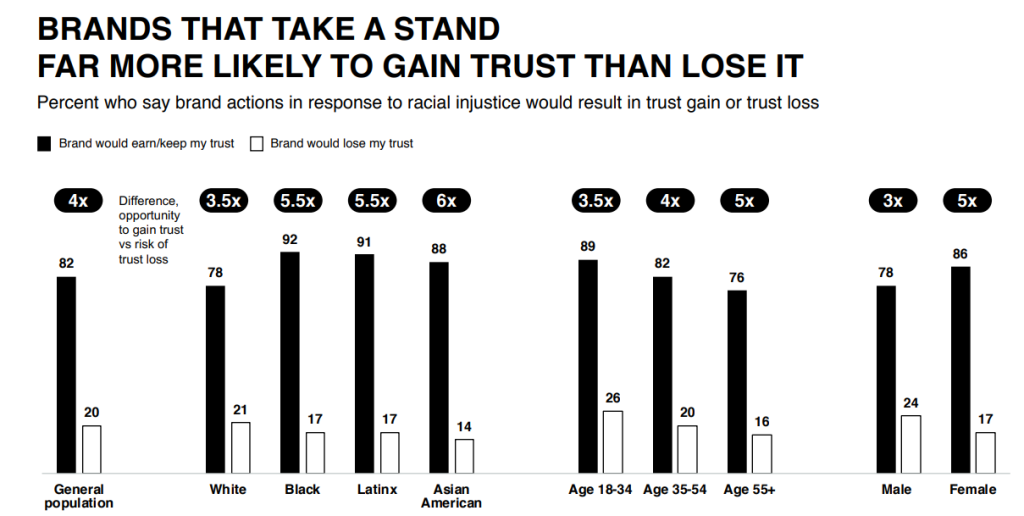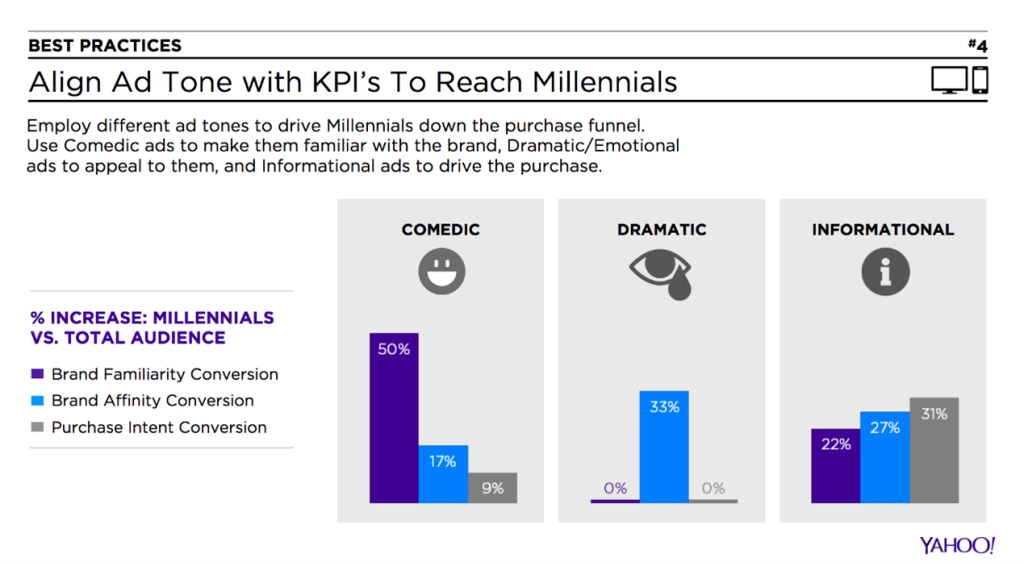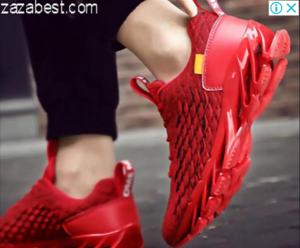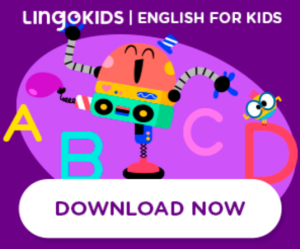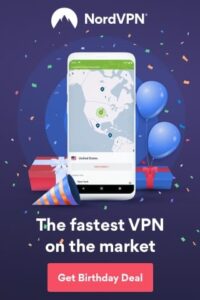In today’s competitive mobile app landscape, effective advertising is paramount to driving app downloads, increasing user engagement, and ultimately boosting revenues. App advertising strategies encompass a wide range of techniques that help app developers and businesses reach their target audience, optimize visibility on app stores, and grow their app’s performance. In this article, we will discuss the top five things you should know about app advertising to maximize app revenues and achieve business growth.
Define Your Target Audience and Their Needs in App Advertising:
Understanding your target audience and their needs is the first step for successful app advertising campaigns. By identifying your ideal users and conducting thorough market research, you can tailor your advertising strategies to resonate with their preferences. This ensures that your campaigns are more likely to reach the right people and generate higher engagement. Knowing your audience also helps you identify the best platforms to advertise on and the type of content that will likely perform better. Incorporate relevant keywords such as “advertising,” “app advertising,” and “advertising mobile apps” to optimize your messaging, design, and targeting efforts.
App Store Optimization (ASO) for Effective App Advertisement:
App Store Optimization (ASO) is crucial for increasing visibility on app stores and attracting organic downloads. Optimize your app by strategically incorporating keywords like “app advertisement,” “increase app performance,” and “grow your app” in your app’s title, description, and metadata. Focus on creating a compelling app store listing that highlights your app’s unique features, benefits, and screenshots to capture users’ attention and improve conversion rates.
Choose the Right Platforms and Channels for Advertising Apps:
You probably have an awesome app that you want to promote and make more money from, you need to choose the right platforms and channels for advertising. There are many options out there, but some are better than others depending on your goals and budget. For example, you can use popular sources like Google, Meta, TikTok, or programmatic platforms with ad networks. These can help you reach a large and diverse audience that is interested in your app’s category and features. But don’t limit yourself to just one platform. You should explore all the possibilities and create a media plan that covers all the bases. You can also advertise your app through DSPs and ad networks, which gives you more control and flexibility over your campaigns. They can also help you optimize your performance and visibility, and get more installs for your app by targeting the right users at the right time and place.
Leverage Word-of-Mouth and Influencer Marketing for App Advertisement:
Word-of-mouth and influencer marketing can significantly impact app downloads and user engagement. Encourage your existing users to share your app with their network by implementing referral programs and incentives for successful referrals. Partnering with influencers in your app’s niche can also boost brand awareness and attract new users. Incorporate keywords like “advertising apps for business” to optimize your reach in the business community.
Implementing MMP and Analytics for Measuring App Performance:
To optimize your app advertising efforts, it’s essential to track and measure your app’s performance accurately. Implement a reliable Mobile Measurement Partner (MMP) to gather data on installs, engagement, and revenues. Analyze user feedback and reviews to gain insights into user satisfaction and identify areas for improvement. By incorporating keywords such as “advertising app performance” and “increasing app revenues,” you can make data-driven decisions and continually refine your advertising strategies.
App advertising is dynamic and can be sometimes a complex process that requires a deep understanding of your target audience, effective optimization techniques, and strategic promotion across various platforms. By defining your target audience, optimizing your app’s visibility through ASO, choosing the right advertising platforms, leveraging word-of-mouth and influencer marketing, and implementing MMPs and analytics, you can increase app revenues, enhance app performance, and achieve sustainable growth. A successful plan and execution are all about mixing different channels, digging deep into the data that your campaigns produce, and keep testing new channels and approaches along the way.
Advertising for apps?
Stay informed about the latest trends in app advertising with Zoomd to adapt your strategies accordingly, and continually refine your approach to stay ahead of the competition in the ever-evolving world of mobile apps.
